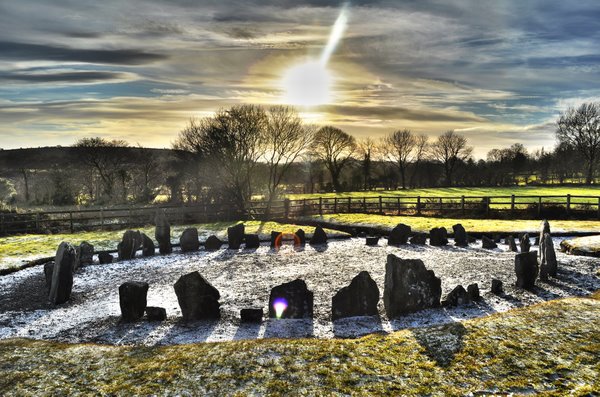Otago is the heartland of New Zealand. Dunedin is the capital of this province and has been discussed in another tread in greater detail, so that this can focus on the wilderness of the plains.
Otago is a fantastic part of New Zealand, and my words here will not be able to do it justice. The golden plains with their amazing rock formations from standing pinacles, gorges, castles, among a few, are amazing. The area around Alexandra has some of the best rock sites in New Zealand. And contrasting the rocks are the golden plains which are amazing no matter what time of the year. But obviously in winter they turn a lovely white, and some of the best ski slopes in New Zealand are found here.
The Otago Rail trail is something I have yet to do by bike (which is the best way to do it) however you can start the wonder of this journey using the old rail system which is still running out of Dunedin Railway. This old rail line has some amazing engineering feats getting across the gorges that are hard to believe they are standing after so long and looking so perfect.
There are two key towns in the area that must visited: Cromwell and Alexandra. Both of these towns have important historical aspects and are also useful to use as a base to explore the surrounding nature. Alexandra has its famous mountainside clock and a very cute museum that are must dos. Cromwell, used to look very differently until the creation of the dam (and lake) which actually flooded a fair section of the town. These days there are some remanents of the old town left by the riverside which are great fun to meander through.
Nearby to Cromwell is New Zealand desert. Seriously. Bannockburn, however, isn't well known for that fact, but its incredible wine. Some of the best red wine comes from these parched lands and well rambling around there its a good way to soak up some moisture trying free samples. Like Cromwell, Bannockburn has a history of gold mining and this is evident in the sheiling that is dotted around the place. Although the best evidence of this is just up from Cromwell on the side of the road. Called Fishbones.
Wanaka is another great place in Otago that must be visited. The views onto the Mt Aspiring National Park from Lake Wanaka are amazing. However, it is slightly expensive to stay in Wanaka, and camping in Mt Aspiring National Park is a better option or just further up in Lake Hawea. The Aspiring Camp Site though isn't too bad and it has a sauna.
Mt Aspiring National Park which crosses between Otago and Westland has dramactic colour contrasts (very photogenic), and multiple walks that offer a wide variety of environments to explore. Our favourite is the Rob Roy Glacier walk. Takes a wee while to get there, but the views on the glacier and of the streams are amazing. Not to mention the kakapo and other wildlife are great fun. Do make sure you prepare as, as with anywhere the weather changes fast. We had sun, rain, wind, hail, and it started snowing just a bit further up from the glacier (although we were heading out by then).
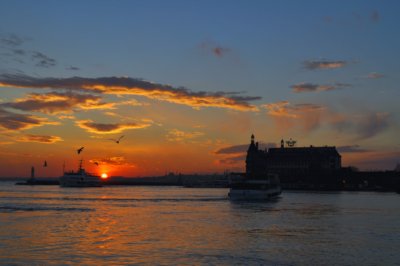
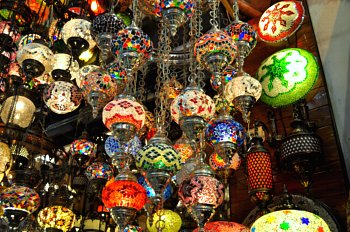
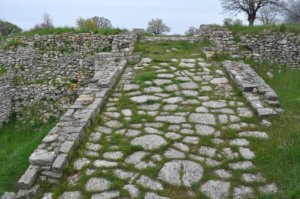
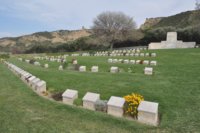
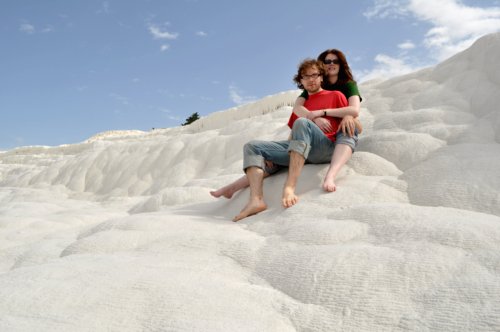
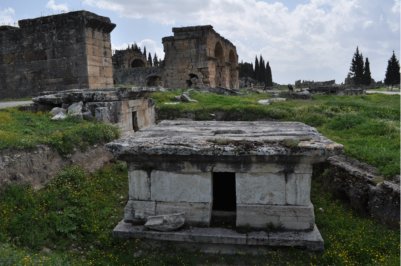
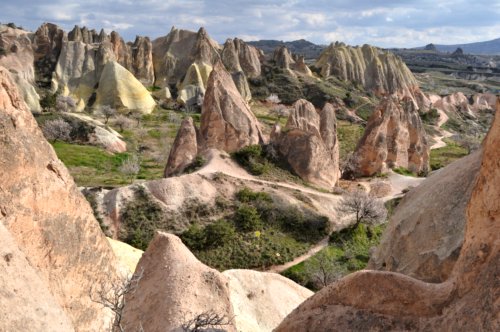
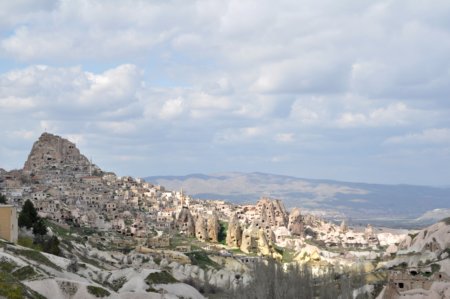

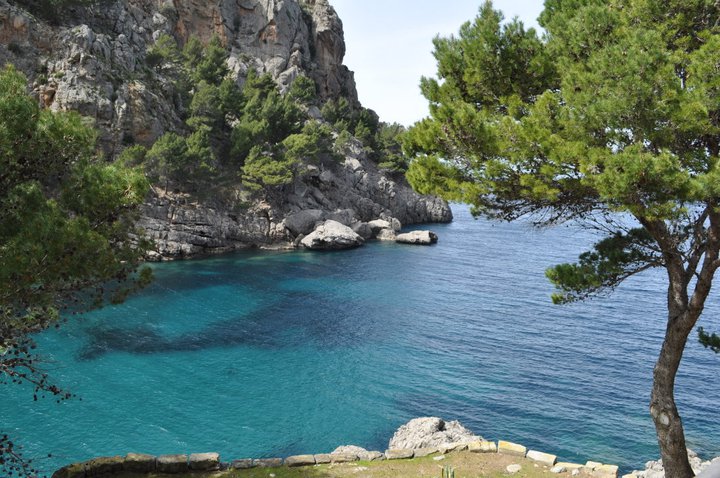
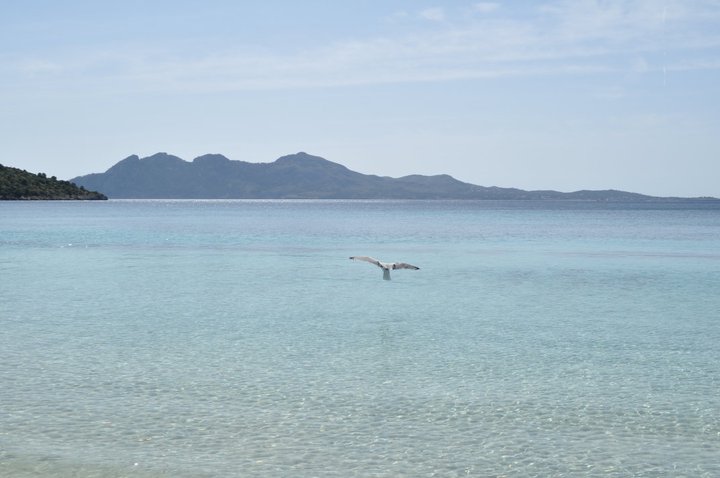

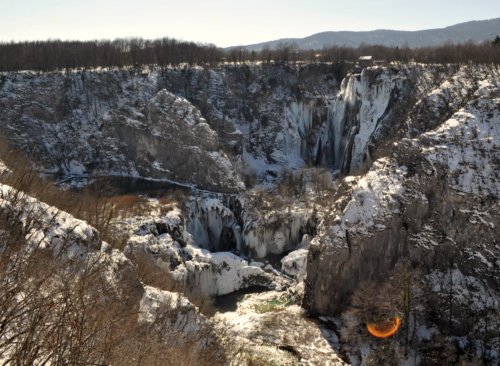
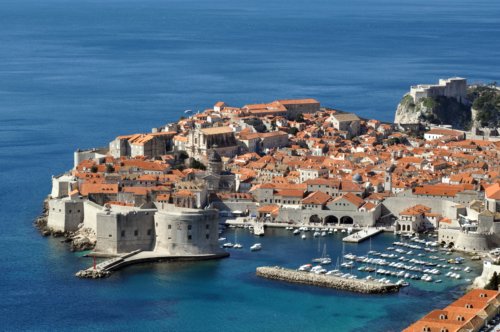 After getting in from Montenegro, we had the pleasure to explore the coastal region of Croatia. Our first stop was Dubrovnik. The old part of town enclosed within the walls was very nice and we had an amazing view over it as we approached. It was sad to learn that most of the buildings were actually new as they were badly damaged during the war. We arrived at a good time it seemed as there was the end of a festival going on, and there was a stage with a lot of kids dressed up with various themes. Not quite sure what it was all about, but was nice to see.
After getting in from Montenegro, we had the pleasure to explore the coastal region of Croatia. Our first stop was Dubrovnik. The old part of town enclosed within the walls was very nice and we had an amazing view over it as we approached. It was sad to learn that most of the buildings were actually new as they were badly damaged during the war. We arrived at a good time it seemed as there was the end of a festival going on, and there was a stage with a lot of kids dressed up with various themes. Not quite sure what it was all about, but was nice to see.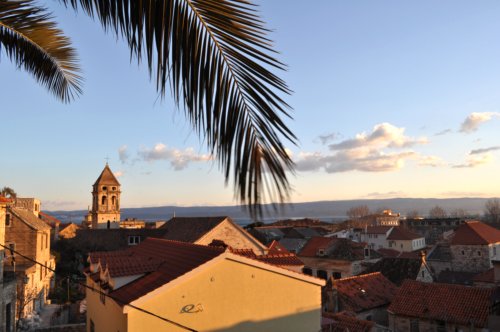 The mountains are also interesting to look at, as they in general do not have many trees on them, and are quite rocky (of course mountains are made of rock, however they looked like they are composed of piles of them).
The mountains are also interesting to look at, as they in general do not have many trees on them, and are quite rocky (of course mountains are made of rock, however they looked like they are composed of piles of them).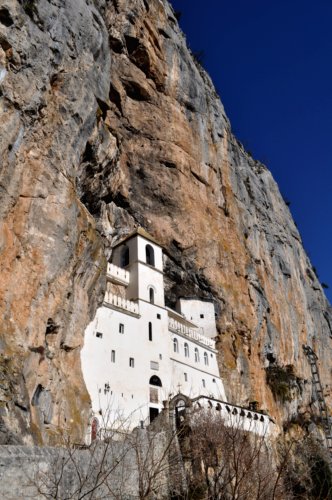
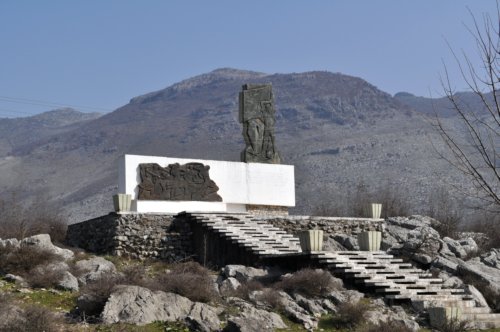















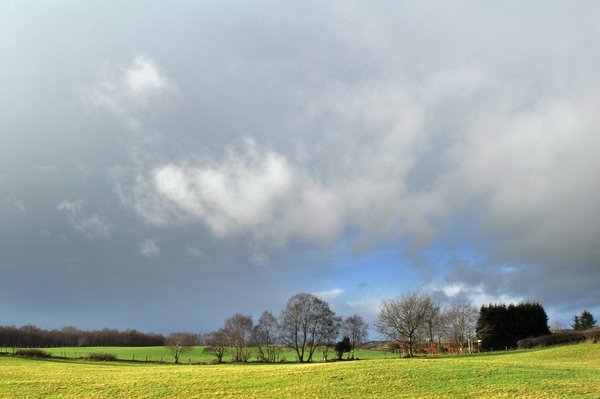 Arrival into Dublin was smooth, and we headed off straight away North. Our first real stop was driving through the Gortin Glen National Park. This area really reminded us of the Northumberland Dales in England, although it was filled with abandoned old houses. Scenery was quite cool here, and stopped at the Goles Stone monument. Similar in relation to stone henge in druid worship, except that this was much smaller and for observing the moon.
Arrival into Dublin was smooth, and we headed off straight away North. Our first real stop was driving through the Gortin Glen National Park. This area really reminded us of the Northumberland Dales in England, although it was filled with abandoned old houses. Scenery was quite cool here, and stopped at the Goles Stone monument. Similar in relation to stone henge in druid worship, except that this was much smaller and for observing the moon.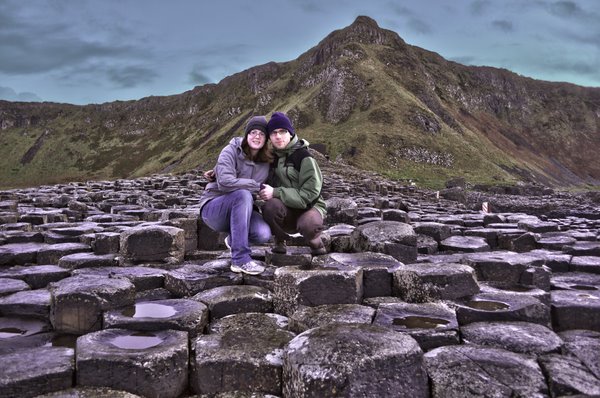 Stayed until we were frozen and the sun was setting then headed onto Belfast. We actually ended up finding where we had our first dinner, however it was too expensive now, so we settled to try a very nice tasting Indian place (although they could have turned the heaters on!). Had another drink at the Crown pub (one of the prettiest pubs we have ever been in), then had to head back to the hotel. It was sooooooooooo cold in Belfast (although it was quite late by this point).
Stayed until we were frozen and the sun was setting then headed onto Belfast. We actually ended up finding where we had our first dinner, however it was too expensive now, so we settled to try a very nice tasting Indian place (although they could have turned the heaters on!). Had another drink at the Crown pub (one of the prettiest pubs we have ever been in), then had to head back to the hotel. It was sooooooooooo cold in Belfast (although it was quite late by this point).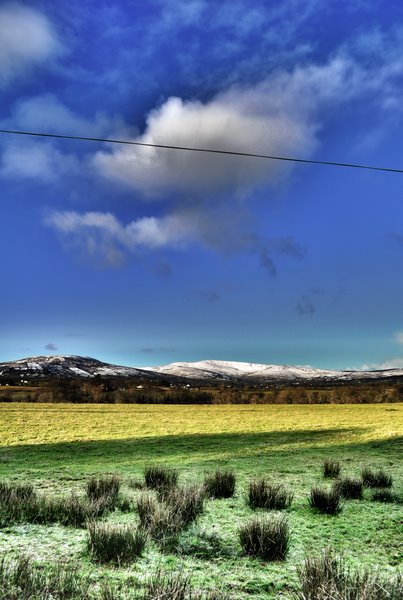 The next morning we headed back a similar direction (not totally the same though), however it had snowed overnight. So this time as we drove to Gortin Glen National Park it was a completely different look. Very lovely, all white and picturesque, just like a postcard. I was quite proud of myself as it was my first time driving on snow. After the National Park we headed to Donegal to see the historic castle there. Considering its importance, it was much smaller than expected. It had been amazingly redone in original style and there was quite a bit of explanation of its history and involvement with both the fighting Irish sides, Scotland and England. Headed back through the middle of Northern/Ireland towards the Boyne Valley area where we sadly arrived after dark, so the beautiful coastline was mostly lost on us. But along the way we did stop at an awesome empty Stone circle with a moon line and cairn called Drumskinny on the boarder of Northern/Ireland. On the way from Boyne Valley to drop off the car we called in at one of the oldest pubs in Ireland called the Cock Tavern just north of Dublin. Dropped off the car, then back very late to Stansted where we missed the bus by 30secs (seriously, pulled out as we arrived). So got home around 2 am, needless to say work that morning was a bit hard.
The next morning we headed back a similar direction (not totally the same though), however it had snowed overnight. So this time as we drove to Gortin Glen National Park it was a completely different look. Very lovely, all white and picturesque, just like a postcard. I was quite proud of myself as it was my first time driving on snow. After the National Park we headed to Donegal to see the historic castle there. Considering its importance, it was much smaller than expected. It had been amazingly redone in original style and there was quite a bit of explanation of its history and involvement with both the fighting Irish sides, Scotland and England. Headed back through the middle of Northern/Ireland towards the Boyne Valley area where we sadly arrived after dark, so the beautiful coastline was mostly lost on us. But along the way we did stop at an awesome empty Stone circle with a moon line and cairn called Drumskinny on the boarder of Northern/Ireland. On the way from Boyne Valley to drop off the car we called in at one of the oldest pubs in Ireland called the Cock Tavern just north of Dublin. Dropped off the car, then back very late to Stansted where we missed the bus by 30secs (seriously, pulled out as we arrived). So got home around 2 am, needless to say work that morning was a bit hard.